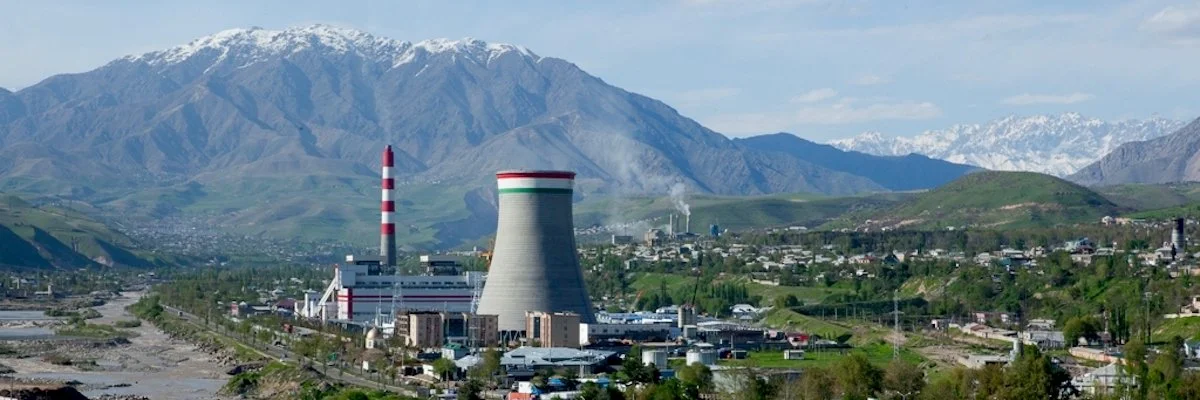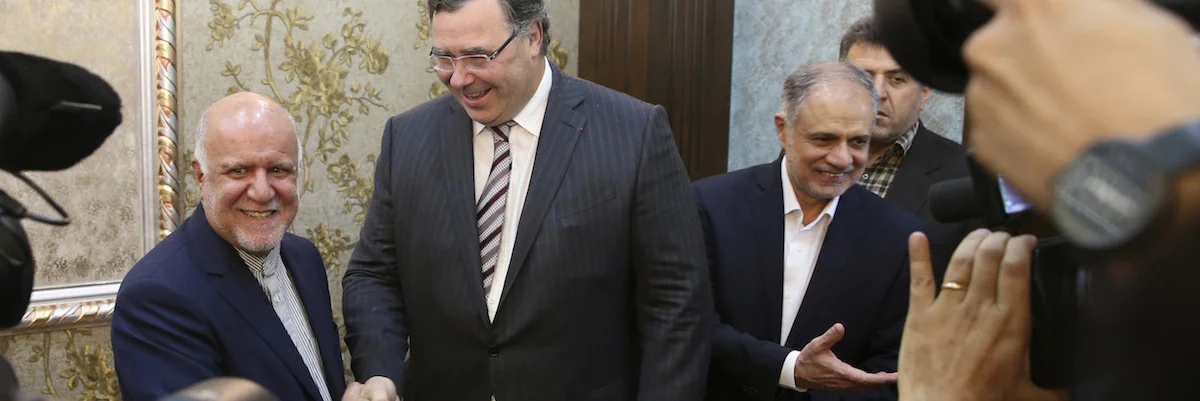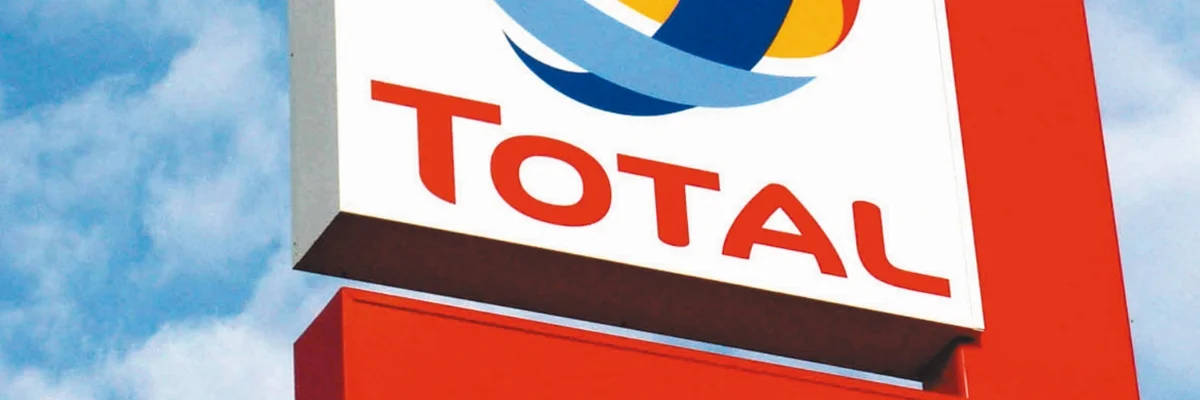Greater Gulf cooperation on hydrocarbons, as a part of balanced strategies incorporating climate protection, could manage some of these threats and promote longer-term cooperation solutions to problems facing the region’s critical economic sector.
asdasdasdasdasdasdasdasdasdasd




















